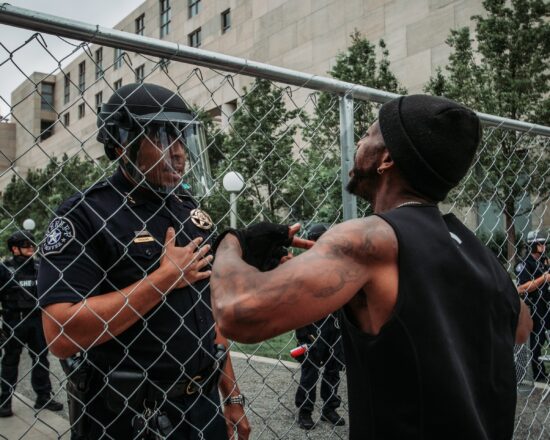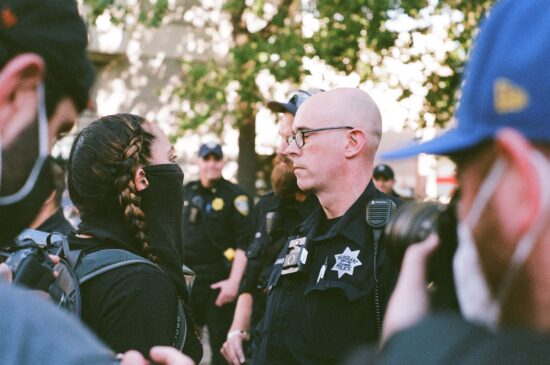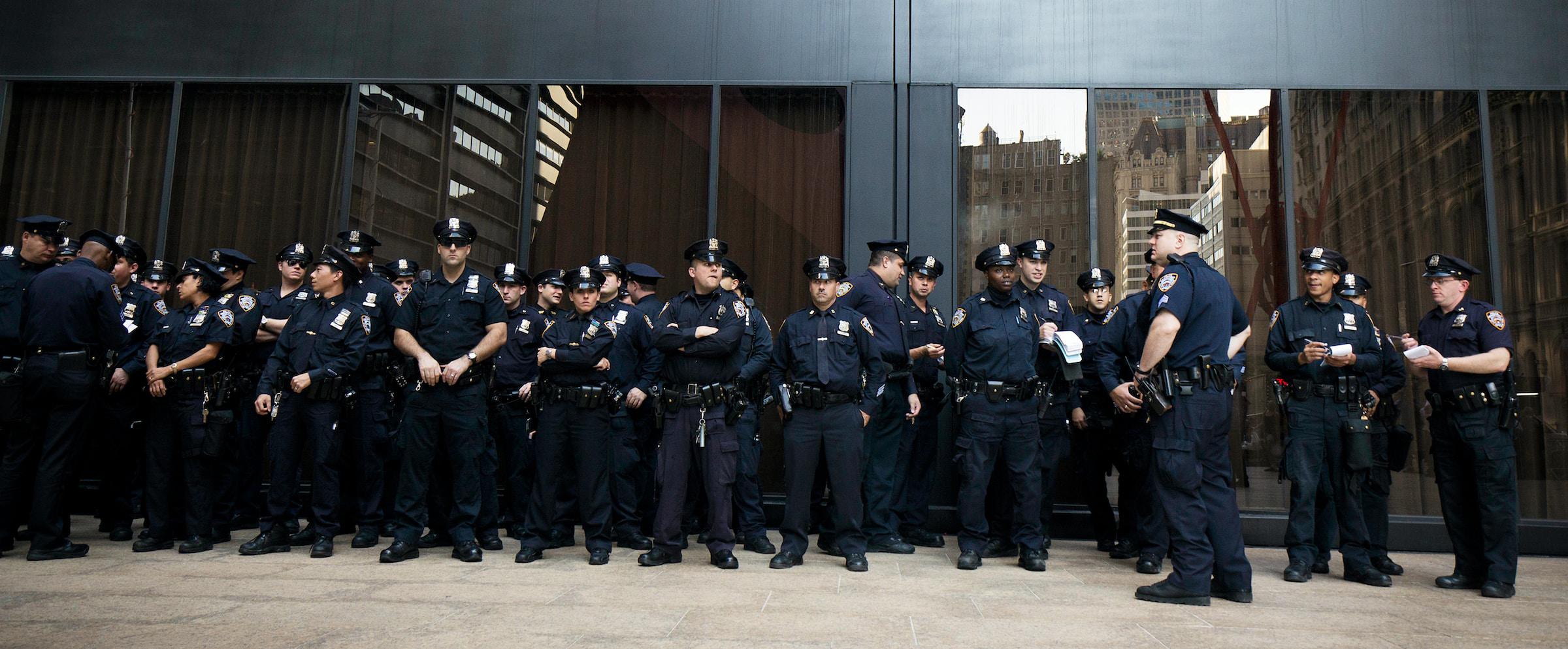Model Use of Force Policy
A Comprehensive and Evidence-Based Model Policy Designed to Improve Policing
The Stanford Center for Racial Justice’s Model Use of Force Policy is designed to provide communities with the most comprehensive model policy on use of force. Covering a wide range of use of force areas—from pursuits to weapons and de-escalation strategies—the Model Policy’s modules draw from extensive research into policing and public safety, mental and behavioral health, as well as policy best practices around the country.
The project’s research team reviewed and analyzed use of force policies from police departments in the 100 largest U.S. cities. With this foundation in leading use of force practices, a team with diverse backgrounds—including former federal prosecutors, litigators of civil rights cases, and ex-law enforcement officials with experience crafting statewide policies—produced 10 detailed Policy Modules featuring comprehensive policy language and explanatory materials on the relevant policy and legal issues.

Policy Modules
Learn More
About the Model Use of Force Policy
Incorporating Feedback from Law Enforcement

The Center for Racial Justice initially released beta versions of the Policy Modules to solicit feedback from experts in the use of force and those most affected by police practices. After the beta release, the Center for Racial Justice embarked on a several-month process to gather comments. Police leaders, experienced use of force trainers, experts in specialized areas like canines, and line patrol officers offered their feedback on policy provisions and how they interact with current police practices.
Government attorneys negotiating consent decrees, prosecutors handling excessive force cases, and senior officials overseeing law enforcement agencies shared their insights on setting effective standards and ensuring accountability. Community advocates, civil rights litigators, and independent police auditors provided their perspectives on the importance of particular policy areas as well as where reform efforts have fallen short. Together, their insights were crucial in refining the Model Policy.
This feedback process shaped all of the Model Policy’s modules. For instance, when veteran canine handlers suggested certain provisions were impractical because of how police dogs are trained, the canine module was revised to better align with these realities while preserving the policy’s restrictive approach to using canines. Similarly, use of force instructors highlighted the difficulty officers might face with remembering a set of requirements before using force. In response, these requirements were consolidated, still upholding the policy’s necessary and proportionate standard for using force. Equipped with this type of feedback, the Center for Racial Justice improved policy language throughout each of the Model Policy’s modules, making them more responsive to policing practices and the lived experiences of officers and civilians alike.
Using the Model Policy in Your Community

Changing public safety policies can be challenging, whether you are a community member, an advocate, a local elected official, or a police chief. But, as the Model Policy’s modules reveal, police department use of force policies matter. They are the first step in a continual cycle progressing through training, implementation, and accountability that can improve a community’s policing.
Reforming public safety policies is typically a multistep process. It starts when advocates for reform, either within or outside a police department, suggest changes to the department’s policies. Then the police department and key stakeholders, including police unions, municipal lawyers, and, ideally, community members, consider the proposed changes. The police department and law enforcement stakeholders often balance the potential benefits of reform against concerns like liability or the risks of pioneering a new approach. After settling on new policy language, departments train officers on the new standards and create accountability mechanisms.
Each of the Model Policy modules includes detailed policy language ready for a police department’s use. These provisions are designed to align with federal laws and court decisions, and to meet orsurpass constitutional requirements. Those proposing policy reforms can make compelling cases for policy change with evidence and examples from other police departments and jurisdictions.
Implementing the Model Policy’s provisions can help a police department demonstrate that it is meeting federal standards for effective policies and avoid unwarranted liability claims relating to the use of force. Police departments are also likely to want to know how adopting the Model Policy’s provisions may impact a police department’s labor agreements, administrative responsibilities, and budget. The short answer is: the Model Policy’s provisions may impact these areas of the department’s operations in the same way as any other proposed use of force policy changes. But the Model Policy’s provisions should not spark unique collective bargaining issues, generate unusual administrative burdens, or unexpected budget increases.


